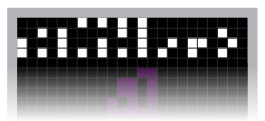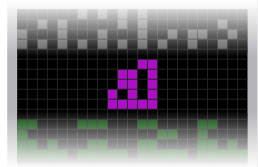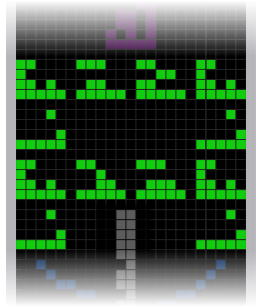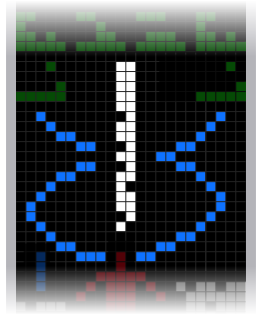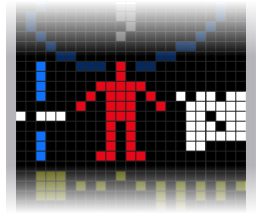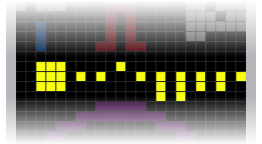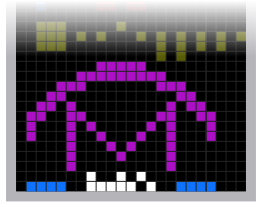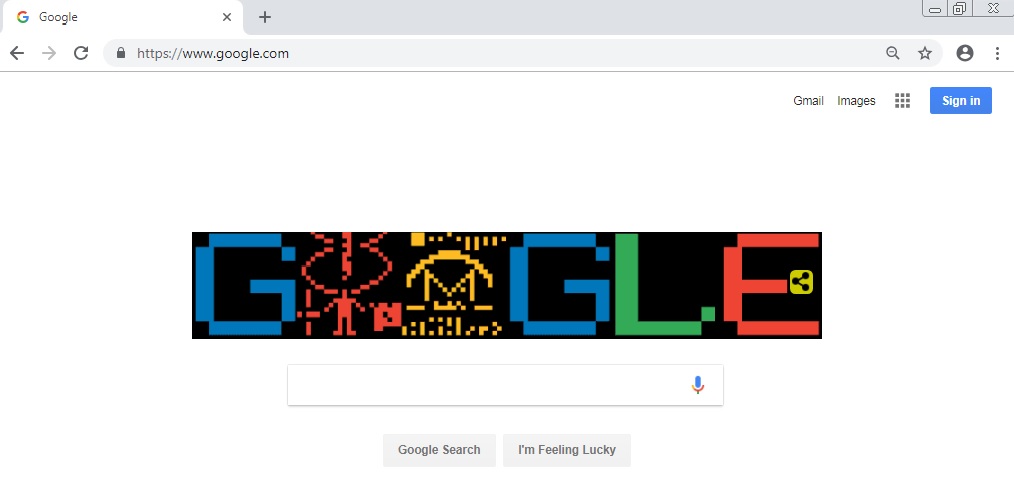“Two possibilities exist: either we are alone in the Universe or we are not. Both are equally terrifying.” So said sci-fi author Arthur C Clarke.
We have nearly 200 billion galaxies (As per Hubble Telescope), Discovering planets outside our Solar System has raised hopes that we may one day contact alien lifeforms.
Since the early 20th century, Our Scientists are trying their best to find a way to contact the intelligent life over this vast universe.
Keep all the possibilities a side; let’s give a thought, how about sending a message to space about the existence of Humans on our planet earth?
That was the day, exactly 44 years back, few got the same thought and sent a message to the universe, the message is named as Arecibo message, this post explains about the First interstellar radio message to the space.
Dr. Frank Drake, then at Cornell University and creator of the Drake equation, wrote a message with help from Carl Sagan, among others, The first interstellar radio message carrying basic information about humanity and Earth sent to globular star cluster M13 in the hope that extraterrestrial intelligence might receive and decipher it. The message was broadcast into space a single time via frequency modulated radio waves at a ceremony to mark the remodeling of the Arecibo radio telescope in Puerto Rico on 16 November 1974. The message was aimed at the current location of M13 some 25,000 light years away because M13 was a large and close collection of stars that was available in the sky at the time and place of the ceremony. The message consisted of 1,679 binary digits, approximately 210 bytes, transmitted at a frequency of 2,380 MHz and modulated by shifting the frequency by 10 Hz, with a power of 450 kW. The “ones” and “zeros” were transmitted by frequency shifting at the rate of 10 bits per second. The total broadcast was less than three minutes.
The number 1,679 was chosen because it is a semiprime (the product of two prime numbers), to be arranged rectangularly as 73 rows by 23 columns. The alternative arrangement, 23 rows by 73 columns, produces an unintelligible set of characters (as do all other X/Y formats). The message forms the image shown on the right when translated into graphics, characters, and spaces.

The message consists of seven parts that encode the following (from the top down).
- The numbers one (1) to ten (10) (white)
- The atomic numbers of the elements hydrogen, carbon, nitrogen, oxygen, and phosphorus, which make up deoxyribonucleic acid (DNA) (purple)
- The formulas for the sugars and bases in the nucleotides of DNA (green)
- The number of nucleotides in DNA, and a graphic of the double helix structure of DNA (white & blue)
- A graphic figure of a human, the dimension (physical height) of an average man, and the human population of Earth (red, blue/white, & white respectively)
- A graphic of the Solar System indicating which of the planets the message is coming from (yellow)
- A graphic of the Arecibo radio telescope and the dimension (the physical diameter) of the transmitting antenna dish (purple, white, & blue)
Numbers
The numbers from 1 to 10 appear in binary format (the bottom row marks the beginning of each number).
Even assuming that recipients would recognize binary, the encoding of the numbers may not be immediately obvious because of the way they have been written. To read the first seven digits, ignore the bottom row, and read them as three binary digits from top to bottom, with the top digit being the most significant. The readings for 8, 9 and 10 are a little different, as they have been given an additional column next to the first (to the right in the image). This is intended to show that numbers too large to fit in a single column can be written in several contiguous ones, where the additional columns do not have the least-significant-digit marker.
DNA elements
The numbers 1, 6, 7, 8, and 15 appear. These are the atomic numbers of hydrogen (H), carbon (C), nitrogen (N), oxygen (O), and phosphorus (P), the components of DNA.
Nucleotides
| Deoxyribose (C5H7O) |
Adenine (C5H4N5) |
Thymine (C5H5N2O2) |
Deoxyribose (C5H7O) |
|
| Phosphate (PO4) |
Phosphate (PO4) |
|||
| Deoxyribose (C5H7O) |
Cytosine (C4H4N3O) |
Guanine (C5H4N5O) |
Deoxyribose (C5H7O) |
|
| Phosphate (PO4) |
Phosphate (PO4) |
The nucleotides are described as sequences of the five atoms that appear on the preceding line. Each sequence represents the molecular formula of the nucleotide as incorporated into DNA (as opposed to the free form of the nucleotide).
Double helix
DNA double helix; the vertical bar represents the number of nucleotides. The value depicted is around 4.3 billion, which was believed to be the case in 1974 when the message was transmitted. It is currently thought that there are about 3.2 billion base pairs in the human genome.
Humanity
The element in the center represents a human. The element on the left (in the image) indicates the average height of an adult male: 1.764 m (5 ft 9.4 in). This corresponds to the horizontally written binary 14 multiplied by the wavelength of the message (126 mm). The element on the right depicts the size of human population in 1974, around 4.3 billion (which, coincidentally, is within 0.1% of the number of DNA nucleotides). In this case, the number is oriented in the data horizontally rather than vertically. The least-significant-digit marker is in the upper left in the image, with bits going to the right and more significant digits below.
Planets
Earth
Sun Mercury Venus Mars Jupiter Saturn Uranus Neptune Pluto
The solar system, showing the Sun and the planets in the order of their position from the Sun: Mercury, Venus, Earth, Mars, Jupiter, Saturn, Uranus, Neptune, and Pluto. (Pluto has since been reclassified as a dwarf planet by the International Astronomical Union, but it was still considered a planet at the time the message was transmitted.)
The Earth is the third planet from the Sun; its graphic is shifted up to identify it as the planet from which the signal was sent. Additionally, the human figure is shown just above the Earth graphic.
In addition to showing position, the graphic provides a general, not-to-scale size reference of each planet and the Sun.
Telescope
The last part represents the Arecibo radio telescope with its diameter: 2,430 multiplied by the wavelength gives 306.18 m (1,004 ft 6 in). In this case, the number is oriented horizontally, with the least-significant-digit marker to the lower right in the image. The part of the image that looks like a letter “M” is there to demonstrate to the reader of the message that the curved line is a paraboloid mirror.
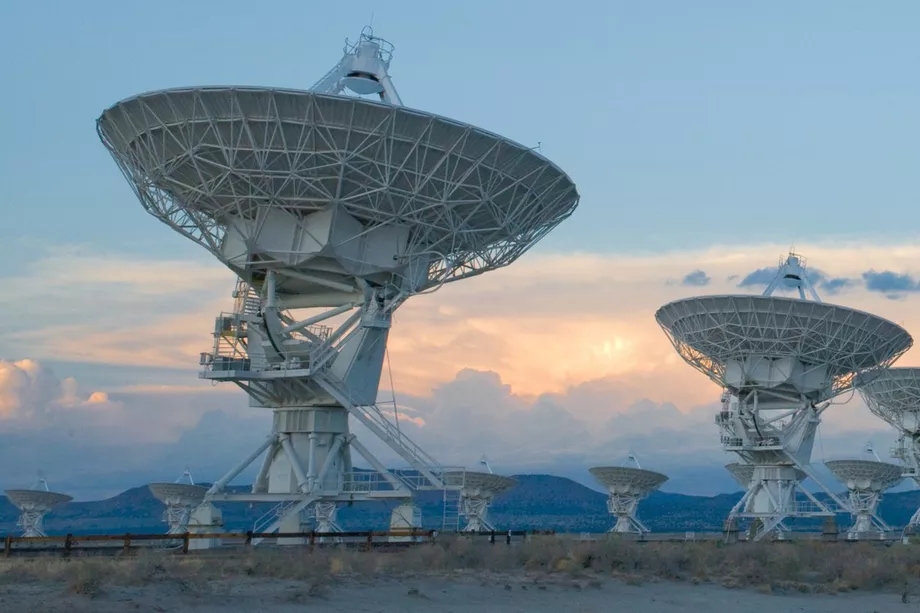
Since it will take nearly 25,000 years for the message to reach its intended destination (and an additional 25,000 years for any reply), the Arecibo message is viewed as a demonstration of human technological achievement, rather than a real attempt to enter into a conversation with extra-terrestrials. In fact, the core of M13, to which the message was aimed, will no longer be in that location when the message arrives. However, as the proper motion of M13 is small, the message will still arrive near the center of the cluster. According to the Cornell News press release of November 12, 1999, the real purpose of the message was not to make contact but to demonstrate the capabilities of newly installed equipment.
Thanks to Google,
On 16 November 2018, Google released a Doodle to commemorate the 44th anniversary of the transmission of the first interstellar radio message to the space.

